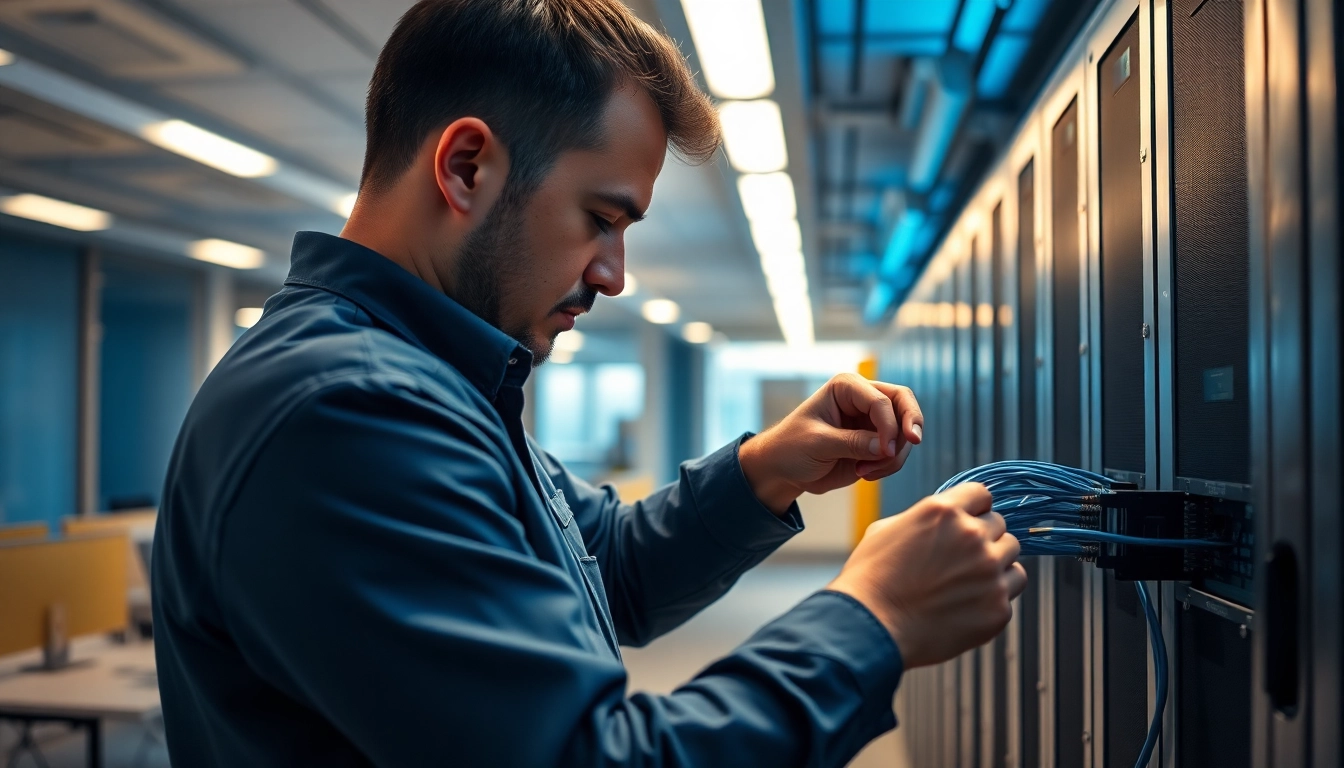Expert Data Cable Installation Service for Your Home and Business Needs
Data cable installation is a critical process that involves the setup of cables that facilitate the transmission of data over networks. This can include Ethernet cables, fiber optic cables, and coaxial cables, among others. The primary purpose of these installations is to ensure reliable connectivity in both residential and commercial environments, enabling seamless communication and data transfer between devices. In homes, data cables are essential for connecting devices like computers, smart TVs, and gaming consoles to the internet. In businesses, they play a pivotal role in establishing local area networks (LANs), connecting servers, workstations, and various networked devices. For those seeking quality services, exploring options like Data Cable Installation service can be a great starting point. Opting for professional data cable installation comes with numerous advantages: Understanding the different types of data cables available is essential when considering installation: When choosing a data cable installation service, several factors should guide your decision: Before hiring a data cable installation service, consider asking the following questions: The cost of data cable installation can vary widely based on several factors: For smaller projects, such as installing a few Ethernet cables in a home, you might expect costs ranging between $300 and $850. Meanwhile, larger installations in commercial settings could reach up to $6,000 or more, depending on the complexity and scale. Factors influencing pricing include: Many tech enthusiasts consider handling data cable installation themselves. Here are some pros and cons: While DIY may be feasible in some scenarios, there are situations when hiring a professional becomes essential: Data cable installation involves several safety risks, particularly when dealing with electrical systems: Before commencing an installation, a strategic layout can optimize performance: Quality assurance is critical for data cable installations. Follow these best practices: After installation, rigorous testing ensures that systems operate as intended: The realm of data cable installation is ever-evolving. Emerging technologies are reshaping how installations are approached: Keeping abreast of industry standards is crucial for both professionals and consumers: Structured cabling systems offer numerous advantages over traditional wiring methods:Understanding Data Cable Installation Services
What is Data Cable Installation?
Benefits of Professional Installation
Common Types of Data Cables
Choosing the Right Data Cable Installation Service
Factors to Consider When Selecting a Provider
Questions to Ask Your Installer
Price Ranges for Installation Services
DIY vs. Professional Data Cable Installation
Pros and Cons of DIY Installation
When to Hire a Professional Service
Safety Considerations
Tips for a Successful Data Cable Installation
Planning Your Network Layout
Ensuring Quality Through Best Practices
Post-Installation Testing and Maintenance
Future Trends in Data Cable Installation Services
Emerging Technologies in Cabling
How to Stay Updated on Industry Standards
The Growing Importance of Structured Cabling Systems


0 Comment